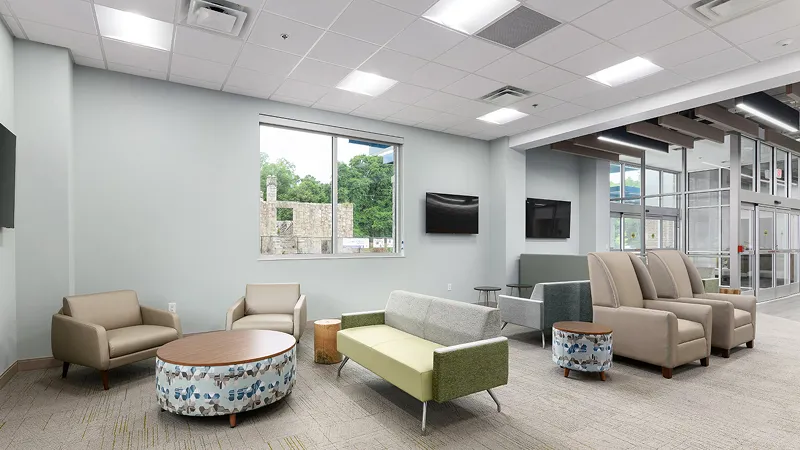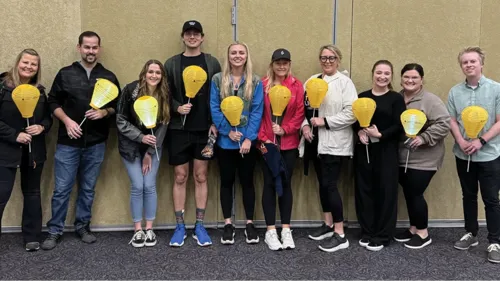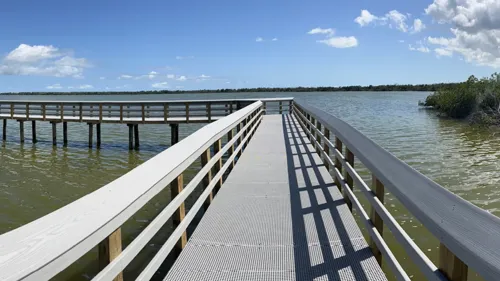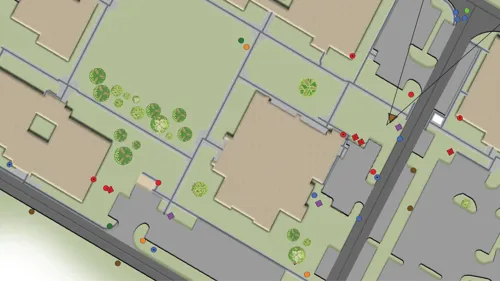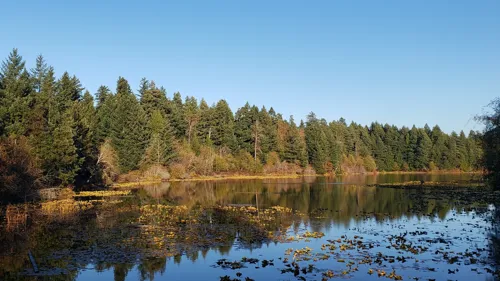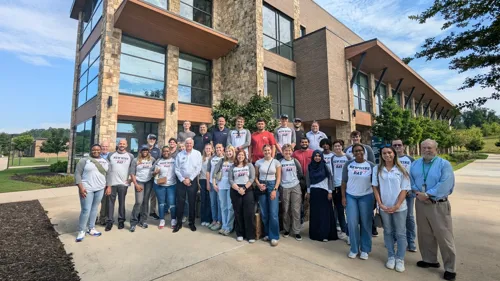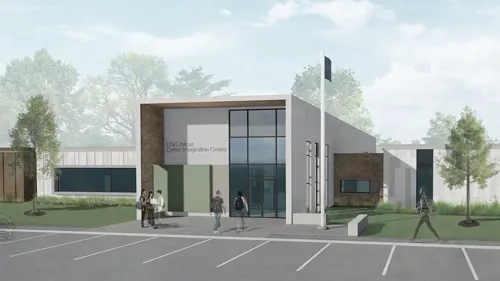Honoring African American Legacy Through Design
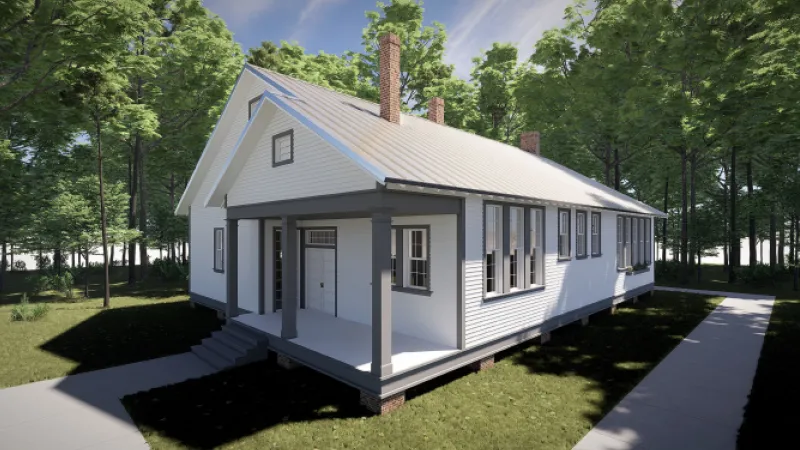
It’s not often you start a design project and get the opportunity to delve deep into the past. Architect Jorge Mendez and Architectural Designer David Graham jumped at the chance to honor African American legacy when the US Fish & Wildlife Service hired Pond to design a replica of the historic Harris Neck Schoolhouse for the Harris Neck Wildlife Refuge in the coastal town of Townsend, Georgia. A result of a public school-building program in the early 1900s launched by a partnership between Booker T. Washington and Julius Rosenwald, the Harris Neck Schoolhouse was one of the 5,000 Rosenwald Schools that provided quality education to African American children in the deeply segregated South. When the US Supreme Court ruled segregation unconstitutional in 1954, the segregated school was deemed obsolete. Today, the site where the original schoolhouse once stood sits vacant in what is now the Harris Neck Wildlife Refuge. |
Q: Tell me about your experience working on the Harris Neck project.
David: Working on this project was a great opportunity. One of my favorite undergraduate professors who often spoke of her Gullah heritage was familiar with the Rosenwald Schools, which added a more personal connection to the work. The school’s location is within the Gullah Geechee Cultural Heritage Corridor along the coastal areas and sea islands of the Southeast. It was also rewarding because it was totally different from other projects I’ve worked on. A lot of work we do in architectural design is for corporate clients that typically have more stringent parameters. This project was more based in research and history, which was exciting.
Jorge: My first thought was: this looks like a very interesting opportunity. I had never heard of the Rosenwald Schools, so it was an eye-opening experience for me.
Q. You had to do a lot of research for this project. How was that process?
David: It was interesting because when we kicked off the project, the client gave us basic identifiers but held back on details. They wanted us to do our own research and ensure we did our due diligence. At one point in the research journey, we presented information that had not yet been discovered, so I think that showed we were truly dedicated to the effort.
To find relevant information and expand our understanding of the Harris Neck Schoolhouse project, I read several thesis papers, explored an exhibit at The National Center for Civil and Human Rights in Atlanta, and studied A Better Life for Their Children: Julius Rosenwald, Booker T. Washington, and the 4,978 Schools that Changed America, which is a book that documents what remains of the school sites.
Q. Why is it important that we replicate the Harris Neck Schoolhouse and, in a way, honor history?
David: I didn’t know about these schoolhouses before this project. Now, I’m more knowledgeable and I’m glad I got this opportunity to learn something new about the history of this community. I’m proud of this project. It’s something I will include in my portfolio for years to come.
Jorge: It’s important because it reflects and reconstructs history. It’s critical that we are aware of the efforts made at that time, so that we can reflect on and honor their impact while continuing to progress.
Q. How did you face the challenge of replicating the design of a schoolhouse when there were no photos of the preexisting structure?
David: In addition to our other research, we used the Fisk University Rosenwald Fund Database as a resource, which is a registry of all the schools that were built. Since there were several school models, we presented our findings and the client steered us to what they wanted.
Q. Was there anything unexpected about the project that you found?
David: Something unexpected was that we were going down one path and decided on one of the floor plans with the client. We started modelling it and then, based on additional research from the client’s archeologist, we realized the building on the site had a different footprint.
We showed them the different floorplans, they chose one, and then we had additional conversations with the archeologists. It emphasized the importance of being flexible and agile to adapt to changes.
Q. How will this structure be used to positively affect the community?
David: Once built, the schoolhouse will serve as a community center. I think it will also be an attraction, historical destination, and refuge.
Jorge: The building will honor its history through the original design, but it will also be more inclusive, meeting ADA accessibility requirements, current construction codes, and high sustainability standards. Everyone in the community will have an opportunity to enjoy it.
Q. What’s next with the project?
Jorge: The client was very happy with the coordination and research efforts involved in the process. They really liked the floor plans and images we delivered, and we must give credit to David’s hard work on this project. That’s what the client needed to start the process to get the funding for the project. Hopefully, we can start working on the full design and construction soon.
Principal, Director of Architecture With more than 25 years in the business, 12 of those with Pond, Jorge has significant leadership experience in the design process and spends most of his time providing project oversight. Multiple roles within the architectural department have prepared him for his current position by exposing him to the diverse projects across the company’s portfolio. Originally from Colombia, he has been in the Atlanta area for more than two decades. Jorge loves traveling with his family. |
Architectural Designer David is a client-focused, detail-oriented designer with an affinity for design excellence in the delivery of dynamic, innovative, and imaginative architecture that engages a broader community. For nearly six years, David has worked on projects from public assembly to hospitality, corporate office/workplace to cultural driven exhibitions and pop-ups. Through a design-focused, technical-based, and strategic computational lens, he creates and develops compelling and impactful, multi-sensory experiences on the micro and macro level. David has a Bachelor of Architecture from Florida A&M University and a Master of Architecture from Georgia Tech as the T. Gordon Little Fellow. |
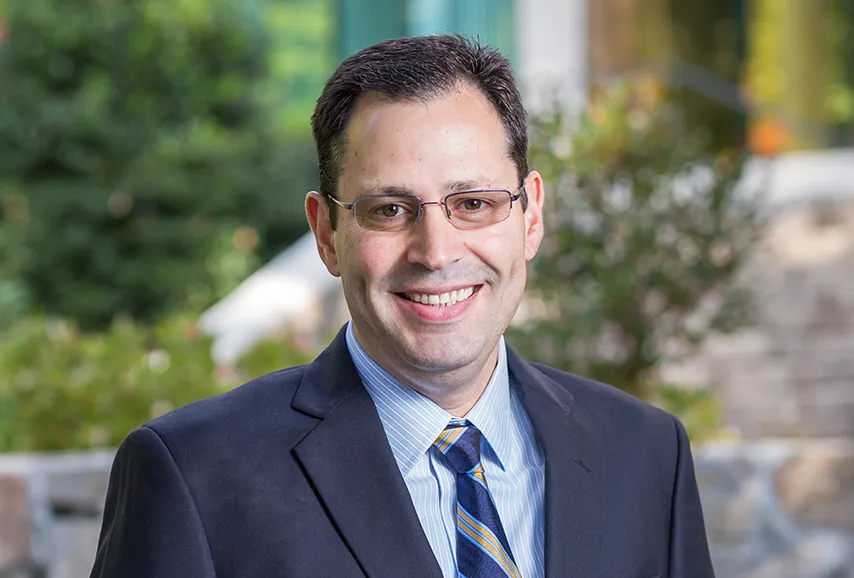 Jorge A. Mendez, AIA
Jorge A. Mendez, AIA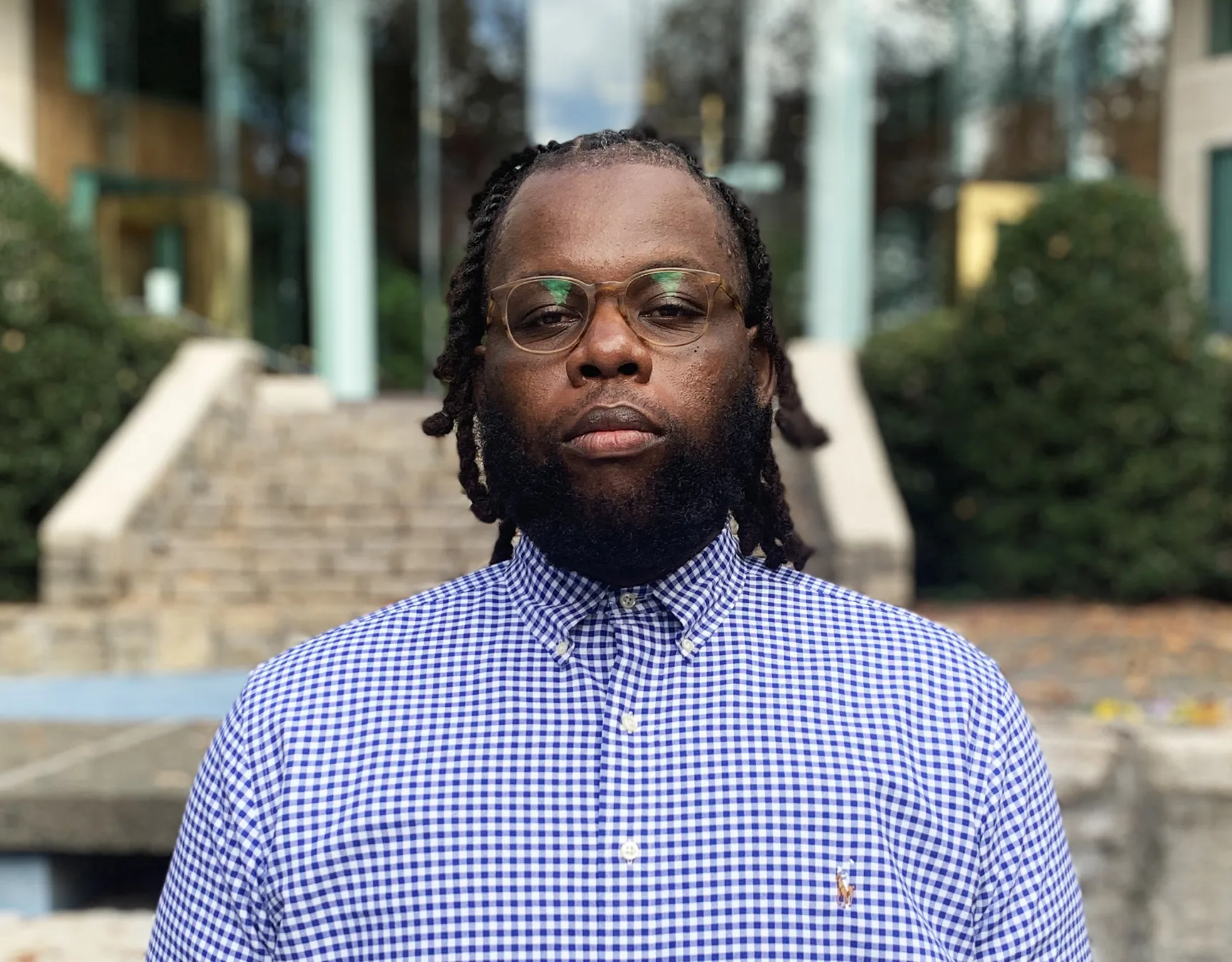 David Graham
David Graham

